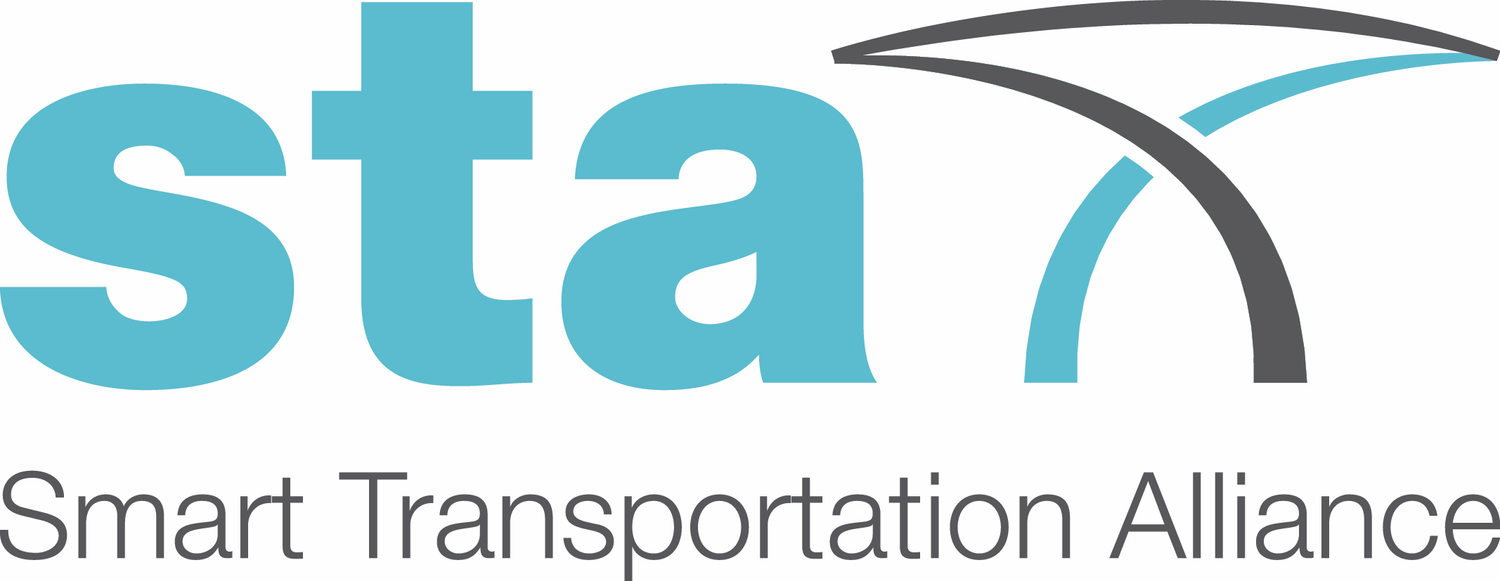Discussion Paper 1/2024
Taking Transport Infrastructures into the Future: The Digitisation of Road Networks
September 2024
An omnipresent word has welcomed virtually all aspects of our daily lives into the 21st century and since almost 25 years ago: digitisation. Society at large expects that the automatisation and digitalisation of information and processes makes all our lives more secure, safer, and simpler and reduces the mental efforts we must invest in them. Over the past quarter of a century, much has changed in this regard: meetings and personal video calls are held online with more efficiency than ever before, identity cards hold a digital certification function, teams work seamlessly and in real-time on documents to share expertise and (almost) all mobility information is available to us ahead of time to plan journeys both locally and on the other side of the world. Nevertheless, while some processes have not proven useful to digitise (for example household appliances that don’t really need to be all that digital), some other industries or assets are lagging and would very much benefit from enhanced tools to check their status and track data points automatically. One of them is the wide range of transport infrastructures, and in particular roads. While railway and airport operations are already largely digitised due to their controlled environment and regulated access to only professional users, waterways are still struggling to make sense of the data they collect (for example every barge ship in Belgium has to automatically track its location, but the use of this information is not used to mitigate delays or predict movement). However, roads pose the biggest question when we think of the future of transport infrastructure – this is due to the fact that the use of this type of infrastructure is unregulated (anyone can access it, no matter their experience or qualification) and includes a plethora of end users (drivers, passengers, pedestrians, cyclists, motorists, etc.).
These two factors, mixed with a lack of flexibility for real-world testing of technologies due to safety and regulatory concerns (e.g., strict standards for road equipment), have delayed the effective and sensible digitisation of road assets. The current Discussion Paper seeks to present the results of an extensive, worldwide literature review on the latest research and developments of digitisation efforts for transportation infrastructures and seeks to summarise their outcomes, spanning from February to August 2024. As we will see, Europe appears at the very forefront of this work with ongoing digitisation efforts on all scales, while Asian countries stand out with ideas contributing to the integration of robotics & automatization and North American researchers focus mostly on the integration and deployment of new materials and leaner governance structures.
Thus far, the challenge of digitising hard assets like roads, bridges or tunnels is abstract to many – how can they be monitored, maintained or evaluated virtually and effectively? And is it even going to serve anyone, or are the manual methods that we have at our disposal today sufficient (e.g., road audits and inspections)?
The Smart Transportation Alliance (STA) has conducted a detailed literature review to answer some of these questions and subsequently propose recommendations for the European Union (EU) transport infrastructure network system. The aim of this paper is not only to answer questions but to encourage an active dialogue, formulate follow-up questions, and attract expertise and communication between experts. Surely, no single answer can be found to answer the question of whether and how transport infrastructure digitisation will serve society, and a holistic mix of technologies, aspects, ideas and providers are needed to enrich the dialogue and provide a suite of solutions that can be adapted to each infrastructure asset on the short- medium- and long-term.

